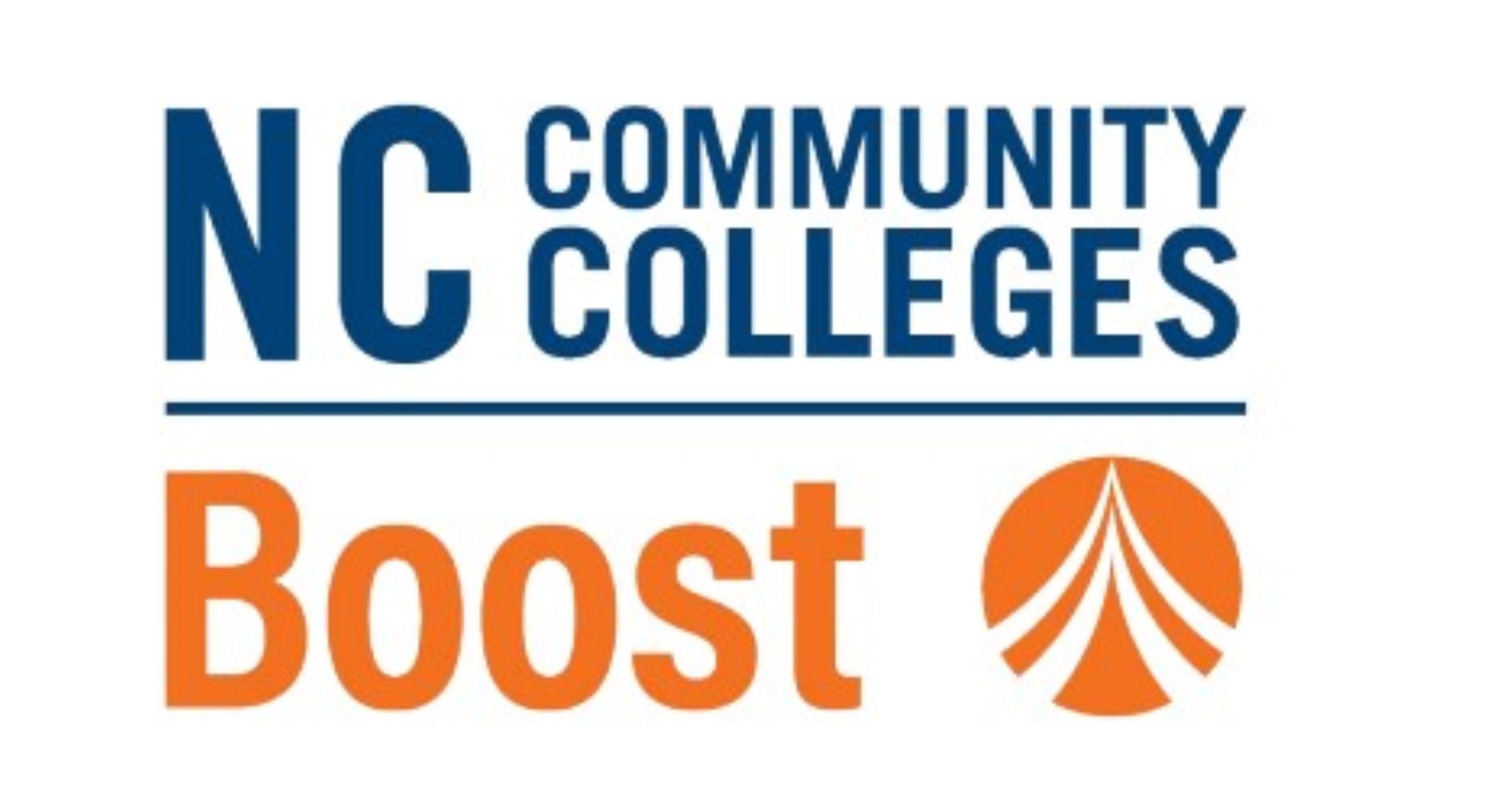For Immediate Release
A study of North Carolina public schools finds that even as enrollment becomes more racially diverse, schools are more segregated now than they were in the late 1980s.
The report, “Can Our Schools Capture the Educational Gains of Diversity? North Carolina School Segregation, Alternatives, and Possible Gains,” found that racial diversity gains in North Carolina schools have backslid significantly over the last three decades. Despite the overall student body diversifying in that time, students of all racial groups were often found to attend schools with disproportionately high shares of same-race peers.
For instance, in 2021, the typical white student attended a school where 58.9% of the students were white, even though white students only comprised 45% of the total state enrollment.
In the past three decades, the share of intensely segregated schools of color – schools that enroll 90-100% students of color – also increased. The study found that in 2021, 13.5% of the state’s public schools were intensely segregated schools of color. These schools also had high rates of free and reduced-price lunch recipients – nearly 83% – which indicated a further segregation based on poverty level.
The study was inspired by the upcoming 70th anniversary of the 1954 Brown v. Board of Education Supreme Court decision which established racial segregation in schools as unconstitutional. Jenn Ayscue, corresponding author of the report and assistant professor of educational leadership, policy, and human development at North Carolina State University, said that while progress has been made since that decision, it is also important to recognize what has not happened.
“The peak of racial desegregation in U.S. schools was in 1988, and since then much of that progress has been lost,” Ayscue said. “Part of this is due to the legal and political environment changing at the federal level. Many school districts across the country were released from court-ordered desegregation plans and are no longer required to desegregate. That reduction in federal support has resulted in many of our districts here in North Carolina backsliding.”
Local decisions also factor into the resegregation of schools, Ayscue said. She specifically highlighted the expansion of the voucher program for private schools and the growth in charter schools in North Carolina, which are often not subject to the same kinds of requirements as public schools. The study instead suggests increasing support for magnet-school programs, which attract and provide transportation to students from diverse backgrounds in different communities.
Other suggestions include modifying school attendance lines and student assignment policies to encourage integration, and for counties without countywide school systems to consolidate into one.
Regardless of the tools used to achieve integration, the benefits of racially diverse schools are well-documented, Ayscue said.
“Integrated schools have higher levels of academic achievement and higher graduation rates, and are associated with good non-academic outcomes as well, such as better health outcomes,” she said. “Students who have attended diverse schools have better critical thinking and communication skills, are less prejudiced and are also more likely to be civically engaged.”
The report was made in collaboration with the UCLA Civil Rights project, and is available online. NC State co-authors include Victor Cadilla, Mary Kathryn Oyaga and Cassandra Rubinstein.
-pitchford-
This post was originally published in NC State News.
- Categories:



